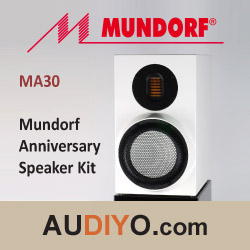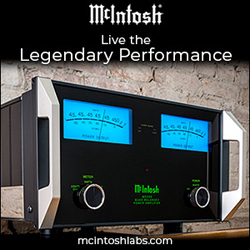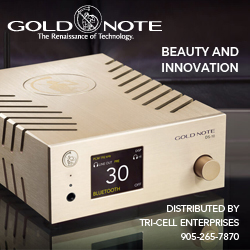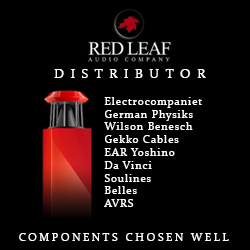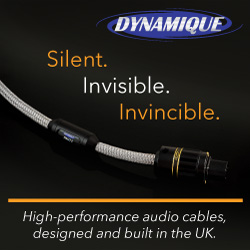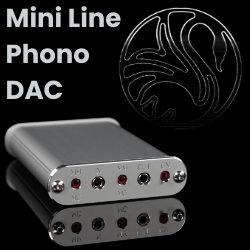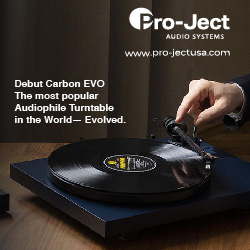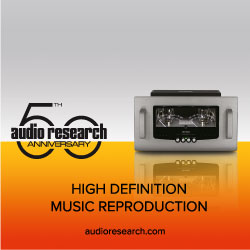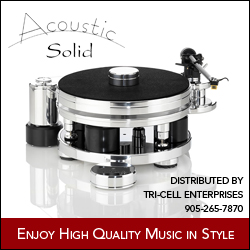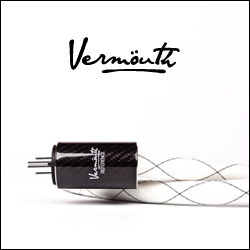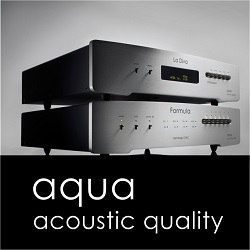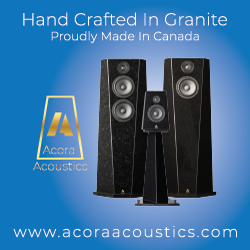
Now that’s the type of music you need to play to show the very real superiority of the PRE over the PRE2. And it won’t do that properly unless every other aspect of your system can also cope with the challenge. Fortunately, in the reference system at the moment sit the Soulution 511 Amp, the EMM Labs XDS1 Mk III SACD Player, and YG Carmel 2 speakers, all fed by Nordost Valhalla 2 cables. These are superlative components, all both audibly and technically transparent to source to an unusual degree, and capable of remarkable dynamic range and fidelity. In this setup, and on this music, the PRE captures the Borodin Quartet in full flight just as I heard it that night. That, ladies and gentlemen, is magic. That is what we are looking for. The PRE2 is less full throated and less dynamic. The real differentiator is the unbelievable linearity the PRE delivers, capturing every transient, delivering the most silent of backgrounds against which the slightest detail is apparent. Its sophisticated power supply has the massive headroom and tight regulation needed to achieve this level of impact, and its volume control provides undetectable signal impairment.
Now I’m not going to tell you this is the only preamp that can do full justice to this recording. But I’ve heard only one other in my own home, and that’s the Soulution 325 Pre, or to be more accurate, the Soulution 330 Int which combines the guts of the 325 Pre and the 311 Amp in one chassis.
If the PRE can handle this recording, you might think it can handle anything. And you’d be right. Nothing I’ve tried from my very wide and varied collection has caught it out, or shown any limitation. I also found more sheer beauty in the sound of music through the PRE – the most delicate of overtones emerging more clearly, sustained notes decaying more slowly while multiple instruments maintain their own individuality rather than overlaying each other or blending together. Again, I’m not ruling out the chance that there’s another preamp out there that can do better – bring it on – I can’t wait. And we need this level of performance now, since the state of the art in the performance in turntables, DACs, power amps, speakers and wires has progressed over the last ten years.
Ed Meitner and his team bring science and design principles to the party, to reduce noise and distortion, and to increase structural integrity, bandwidth, dynamic range and linearity. Some manufacturers say they are willing to sacrifice measurements for a better sound (for example, by reducing the level of negative feedback). But these guys are of a mind that you shouldn’t have to do that, and will go to extraordinary lengths to overcome deficiencies in the available electronic or physical components that go into their products. YG will design their own inductors and drive units, while EMM Labs eschews commercially available DAC chips and op-amps in favour of discrete components, proprietary power supplies and DACs of their own design. Once the product is designed right and measures right, then that’s the time for listening tests to see if they have overlooked something the measurements might not cover, and to make sure it sounds significantly better than the product being replaced.
I won’t take you through a list of recordings I used. For a component of this caliber the qualities that I could hear in one type of music are evident in all genres. Female voices are delivered in a way that you might close your eyes and imagine a Holly Cole (say) right in front of you. A guitar sounds just like it should, with long reverberation where it should be, and the piano has a size, color and grandeur (on a good recording of course) to connect you directly to the performer. Imaging is exceptionally spacious. The PRE really doesn’t have a sound of its own that I can identify. It’s not soft, overly analytical, etched, unbalanced, colorless (I could go on). It simply passes on the signal without editorializing, gives you easy control over source switching, volume level, phase reversal and muting. I’ve also been happily using it to drive my Sony MDR-Z1R headphones, with Kimber cables terminated to RCA male connectors for just such a purpose. Best headphone amp I’ve experienced. It always sounds more lifelike than the PRE2, usually by a marginal amount. But when the going gets tough, it sails through where the PR2 might struggle.
$25,000 US is a huge amount of money to spend on a preamplifier. Before you do, you’ll want to make sure it has all the inputs and outputs you’re going to need. Does this one fit your requirements? There’s no phono section (you’ll need a phono preamp if you want to listen to vinyl), there’s no digital inputs and no wireless streaming. Maybe you don’t even need a preamp – you’re a digital only listener, and your new DAC has a superb variable output (rare but it does happen). But if you are building a system as transparent to the source as humanly possible and you are looking for a purist analog preamp of the highest possible fidelity, one that also looks good and is extremely well built, then the PRE must be on your short list. And as a Canadian, how proud I am to say this one is designed and built right here in Canada!


